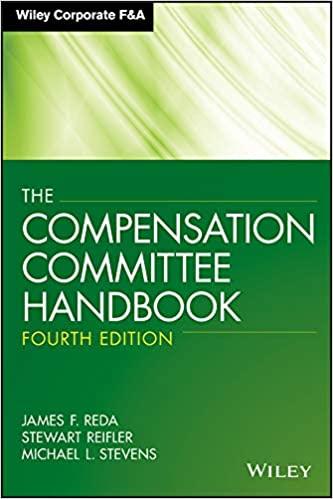Question
Question based on the textbook: Engineering Economic Analysis, Third Canadian Edition. D. Newnan, J. Whittaker, T. Eschenbach, J. Lavelle. Oxford University Press Please, refer to
Question based on the textbook: Engineering Economic Analysis, Third Canadian Edition. D. Newnan, J. Whittaker, T. Eschenbach, J. Lavelle. Oxford University Press
Please, refer to any equation used. Thanks.
Question
An organization is has $120,000 to invest and is currently considering a number of alternatives. One investment is to fund production process in which new machines will be purchased. The machines are expected to save production cost which is given below as Annual Income. The machines are expected to be part of the production process for 6 years. The company has a minimum attractive rate of return (MARR) of 10.0% compounded monthly. The following data is available for these new machines:
| Alternative | Initial investment | Annual Income | Annual Operation and Maintenance costs | Salvage value |
| A | $28,000 | $9,000 | $950 | $4,000 |
| B | $40,000 | $13,000 | $1,100 | $5,700 |
| C | $65,000 | $17,000 | $1,050 | $7,600 |
| D | $80,000 | $20900 | $1,200 | $12,100 |
This organization has also the option to buy bonds which have the following properties:
- Bond is available at unit price of $1,000
- Face value of each bond is $9,00
- Nominal bond rate (nominal coupon rate) is 9.5%.
- Bond maturity is 6 years after purchase.
- Bond revenues (coupons) are received every month.
- Bond is sold at face value at the end of the sixth year.
a] Calculate the Net Present Worth (NPW) and Internal Rate of Return (IRR) of alternatives A to D. b] Rank these alternatives (A to D) based on NPW values. d] Using incremental IRR analysis, rank these four alternatives based on economic feasibility. e] Using incremental benefit-cost analysis, rank these four alternatives based on economic feasibility. f] This organization now wants to allocate the investment fund of $120,000. The management is considering a mix of options which involve investing in A, B, C, D, or Bonds. The organization cannot invest twice in any single alternatives A to D. That is, it cannot invest in A twice. However, it can invest in two or more different alternatives. That is, it can invest in A and B. Bonds can also be bought in unlimited quantities. Based on this information, find the best fund allocation plan. Show clearly your calculation steps.
Step by Step Solution
There are 3 Steps involved in it
Step: 1

Get Instant Access to Expert-Tailored Solutions
See step-by-step solutions with expert insights and AI powered tools for academic success
Step: 2

Step: 3

Ace Your Homework with AI
Get the answers you need in no time with our AI-driven, step-by-step assistance
Get Started


